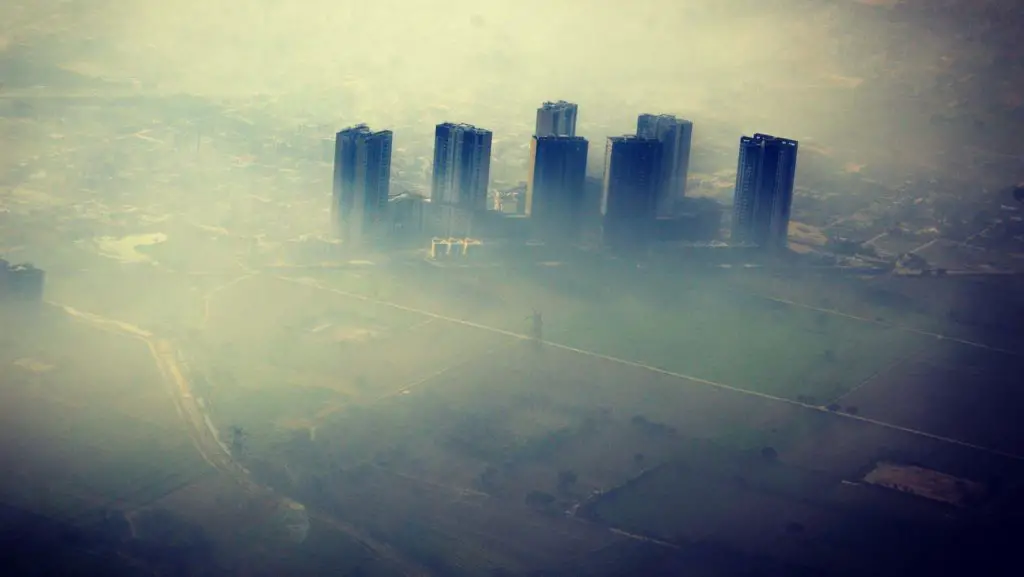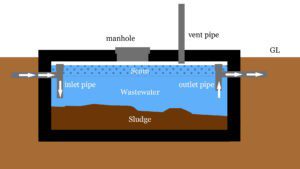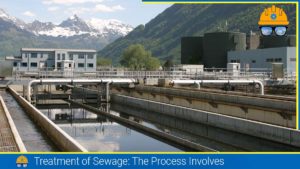Human activities can contribute to soil contamination with hazardous substances, especially in urban areas and former industrial sites. These activities include manufacturing, industrial dumping, land development, waste disposal, and excessive use of pesticides or fertilizers. Soil contamination can occur due to agricultural chemicals applied to the surface or leaks from buried tanks, sewage pipes, or landfills. Atmospheric contaminants can also cause problems. Soil contamination is not always limited to a specific site and can spread to groundwater or nearby land and waterways through rainwater or dust.
What is Soil Contamination?
Soil contamination is the presence of hazardous or toxic substances in soil that exceed natural levels and pose a risk to human health and the environment. It can occur due to human activities such as industrial processes, waste disposal, agricultural practices, and the use of hazardous chemicals. These contaminants can include heavy metals, petroleum hydrocarbons, pesticides, and other chemicals. Soil contamination can impact soil quality, and plant growth, and can potentially lead to the contamination of groundwater and other water sources. It is a significant environmental issue that requires careful management to minimize negative impacts on human health and the environment.
Open Access defines Soil pollution as the build-up in soils of persistent toxic compounds, chemicals, salts, radioactive materials, or disease-causing agents, which have adverse effects on plant growth and animal health.
Causes of Soil Contamination
Typically it can be caused by a wide range of human activities, including:
- Industrial activities – such as manufacturing, mining, and smelting, can release heavy metals and other hazardous substances into the soil.
- Improper waste disposal – including landfill sites, dumping grounds, and open burning of waste materials, can release toxic chemicals and other pollutants into the soil.
- Agricultural practices – such as the use of pesticides, herbicides, and fertilizers, can accumulate in the soil over time and lead to contamination.
- Accidental spills and leaks – such as from underground storage tanks, pipelines, and chemical spills, can release hazardous substances into the soil.
- Atmospheric deposition – where pollutants from the air settle onto the soil, such as from industrial emissions, traffic, and other human activities.
- Urbanization – where construction and development can disrupt natural soil layers and expose contaminated soil.

Ways of Spreading Contamination
Contamination can spread in several ways, including:
- Leaching – where contaminants are carried by water through the soil and can enter groundwater or surface water.
- Runoff – where water carrying contaminants flows over the surface of the soil and can enter waterways, potentially causing contamination.
- Atmospheric deposition – where pollutants from the air settle onto the soil, potentially contaminating the soil.
- Erosion – where the soil is moved by wind or water, potentially spreading contaminants to other areas.
- Biota transfer – where contaminated soil is consumed by animals or plants, which can then be consumed by humans or other animals.
- Human activities – where contaminated soil is spread by human activities such as construction, excavation, and transportation.
Also, read: What is Small Catchment?
Effects of Soil Contamination
Soil contamination can have a wide range of negative effects on the environment and human health, including:
- Impact on soil quality – contamination can alter the physical and chemical properties of the soil, reducing its ability to support plant growth and negatively impacting ecosystem health.
- Groundwater contamination – contaminated soil can lead to the contamination of groundwater, which can have far-reaching effects on the environment and human health.
- Air pollution – contaminated soil can release volatile organic compounds (VOCs) into the air, leading to air pollution and potential health impacts.
- Plant toxicity – contaminated soil can impact the health and growth of plants, leading to reduced crop yields and potential toxicity in food crops.
- Human health impacts – exposure to contaminated soil can lead to a range of negative health effects, including respiratory problems, neurological disorders, and cancer.
- Economic impacts – soil contamination can lead to decreased property values, lost income from agricultural production, and increased costs associated with remediation efforts.

Removal of Contamination
- Physical removal – this involves excavating and removing the contaminated soil from the site. This method is typically used for highly contaminated soil that cannot be treated in situ.
- Chemical treatments – this method involves using chemical agents to break down and detoxify the contaminants. The chemical treatment can include methods like chemical oxidation, chemical reduction, or soil washing.
- Biological treatments – this method uses microorganisms or plants to break down and detoxify the contaminants in the soil. Examples include bioremediation and phytoremediation.
- Soil vapour extraction – this involves using a vacuum to remove volatile contaminants from the soil.
- Soil stabilization and solidification – this method involves using additives to bind contaminants in the soil, making them less mobile and reducing their toxicity.
Also, read: Types of Water Demand
FAQs:
Q: What is soil contamination?
A: Soil contamination is the presence of hazardous or toxic substances in soil that exceed natural levels and pose a risk to human health and the environment.
Q: What are the causes of soil contamination?
A: Soil contamination can occur due to human activities such as industrial processes, waste disposal, agricultural practices, and the use of hazardous chemicals.
Q: How is soil contamination detected?
A: Soil contamination can be detected through soil sampling and laboratory analysis.
Q: How is soil contamination remediated?
A: Remediation methods include physical removal, chemical treatments, biological treatments, soil vapour extraction, and soil stabilization and solidification.
Q: Who is responsible for cleaning up soil contamination?
A: The responsibility for cleaning up soil contamination varies depending on the site and the cause of the contamination, but it can fall on property owners, businesses, government agencies, or a combination of parties.
Q: How can soil contamination be prevented?
A: Soil contamination can be prevented by using safe and responsible waste disposal practices, reducing the use of hazardous chemicals, properly maintaining underground storage tanks, and implementing sustainable agricultural practices.
![]()







